The Napkin Buying Guide
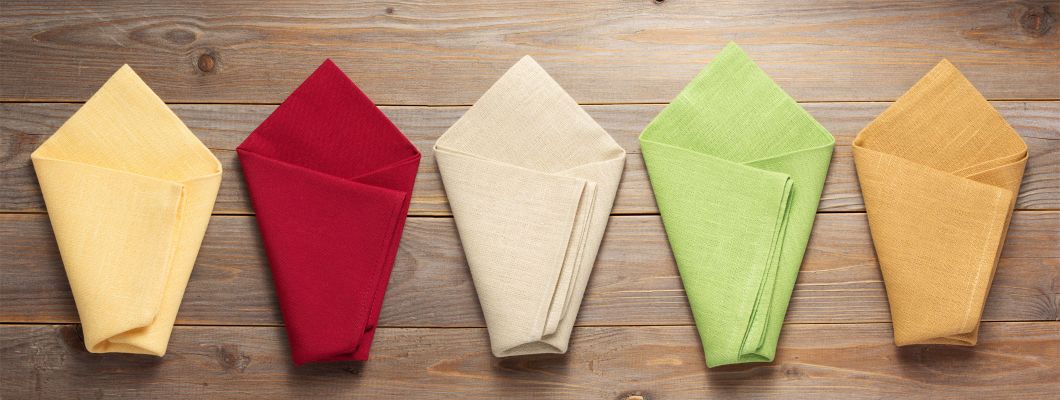
Whether you are serving an everyday meal or hosting a cocktail party, there is one accessory that you can’t do without – napkins. Not only are paper napkins practical, but they also style and colour too. But how do you choose the right napkin for your event?
Why use napkins?
Offering guests and diners a napkin with their meal or drink is nothing new. Dabbing politely at the mouth to remove food traces or using it to help keep hold of a cocktail glass or tumbler is what cocktail napkins, a slightly smaller version of the table napkin, are used for.
The first napkin, or similar, is mentioned in ancient Chinese text. Bread was often used to wipe hands of food residue at a time when food tended to be eaten with the hands. The napkin is first seen in England in the 14th century and since then, the serviette as it is also known has remained commonplace at parties and dinner parties.
#1 Size of napkin
There are various sizes of napkins and so getting the right one is essential because too big a napkin could mean that guests struggle to balance plates or their cocktail glass.
Cocktail napkin
The cocktail napkin is smaller than the napkin used on dinner tables and at buffets but is still available in a range of colours. Used as a ‘soft coaster’, most cocktail napkins are between 20 and 24cm, just right for sitting under the stem of a cocktail glass or tumbler.
When serving drinks and cocktails, it is possible for the glass to slip, especially if the liquid is very cold and causes condensation to form on the glass. A cocktail napkin is a handy aid to not only dab the lips after a drink but to also keep a tight hold on the glass.
As with most dining and drinking parties, there is a whole school of etiquette to using a cocktail napkin.
General use dining napkin
This tends to be larger than its cocktail cousin and is the one we are accustomed to seeing at buffets and at the dinner table. Available in a range of colours, we also stock two sizes – 33cm napkins and 40cm napkins.
As well as being practical and adding colour, the napkin is also large enough to be folded in many different ways. From creating pockets in which cutlery can sit to elaborate folded shapes, they really can add personality and character to a table.
#2 Quality - the ply count
Most tissue products come with a ply count. In the case of napkins, the number of ply – the number of fine paper sheets layered together to make one napkin – is a clue to the quality of it.
- 1 ply - as the name suggest, this is a single sheet of very thin paper that can be used at the dining table or buffet. However, being very thin and delicate, they don't last long and are poor in performance when it comes to wiping up spills etc.
- 2 ply - adding another layer immediately adds a lot more strength to the napkin. A general use napkin, a two-ply product is a worthy choice.
- 3 ply - however, if you want your napkins to ooze quality as part of your event, then a three-ply napkin is the best solution. Slightly more expensive than its two and one-ply cousins, the thicker three-ply napkin is the best choice if you want it folding into shapes. Available in a range of colours, for a special event, opting for a three-ply napkin is the better choice.
#3 Colour
Take just a quick glance at paper napkins and you’ll be amazed at the many different colours that they come in. Essentially, when it comes to adding colour to your dining table, buffet or bar, you can do so with napkins – and cheaply too!
- Summer colours – is you’re hosting a summer BBQ or tea party, or are the venue for outdoor weddings and celebrations, using summer colours is a great move. From sunny yellow napkins to zesty lime green, there are choices galore. It’s also not uncommon to find venues using two or even three complementary colours of napkins at an event to add more colour.
- Classic shades – napkins don’t have to stand out but can add an air of classic elegance to a table setting. From crisp white to a creamy shade of buttermilk, there are many classic, neutral colours from which to choose.
- Strong shades – for autumn or winter dining, including the festive season, it is not uncommon to use the dark, earthy shades found in nature to dress the table. Forest green napkins are perfect, as are the many different shades of red and burgundy napkins.
#4 Quantity
It is an important consideration for many of our customers as having plenty of napkins on hand, and in a range of colours, is essential.
For trade customers, buying in bulk often represents significant savings. It is possible to have a store cupboard full of different coloured napkins and different sizes for relatively little cost.
A pack of 100 33cm two-ply paper napkins are a very reasonable £1.80 meaning that each napkin costs under two pence each, a cost that is easily reconciled when you consider the practical and stylish element they add at every event, meal or cocktail and drinks party.
What about Airlaid napkins?
Paper napkins are often referred to as serviettes whilst a napkin technically refers to a rectangle of cloth used in the same way at a dinner table. For some hotels and restaurants, the use of cloth napkins is part of the dining experience.
Whilst paper napkins come in a range of colours and styles, their quality, especially unbranded ones, is dubious. The answer to this problem comes in the shape of Airlaid napkins.
Used as an alternative to linen, the Airlaid napkin is both thick and soft, with an embossed surface that attends to its quality. For many hotels, restaurants and pubs, the Airlaid napkin is the perfect alternative to cloth napkins. Customers have a quality product to use but there is no washing of cloth napkins. In other words, if you want to make an impression, opt for Airlaid napkins. Again, you’ll find they come in a range of attractive colours.
With this information to hand, you’ll have no trouble buying the right quality, size and colour of napkin.

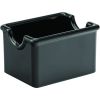
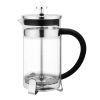
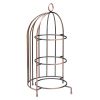
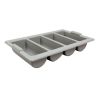

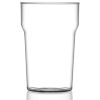

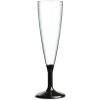


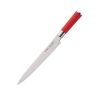


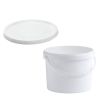
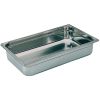
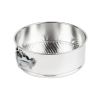
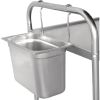
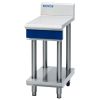
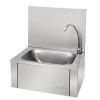
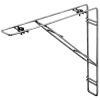
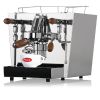
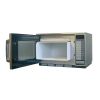
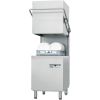
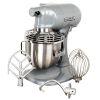
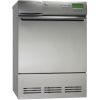

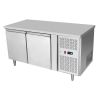
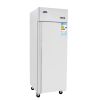
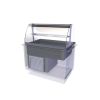
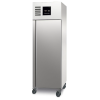




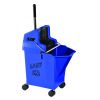

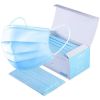



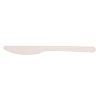

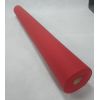
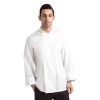
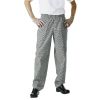
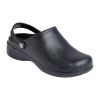
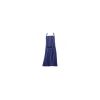
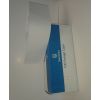

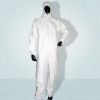
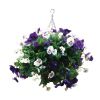
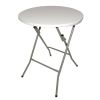
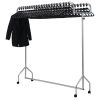
Leave a Comment